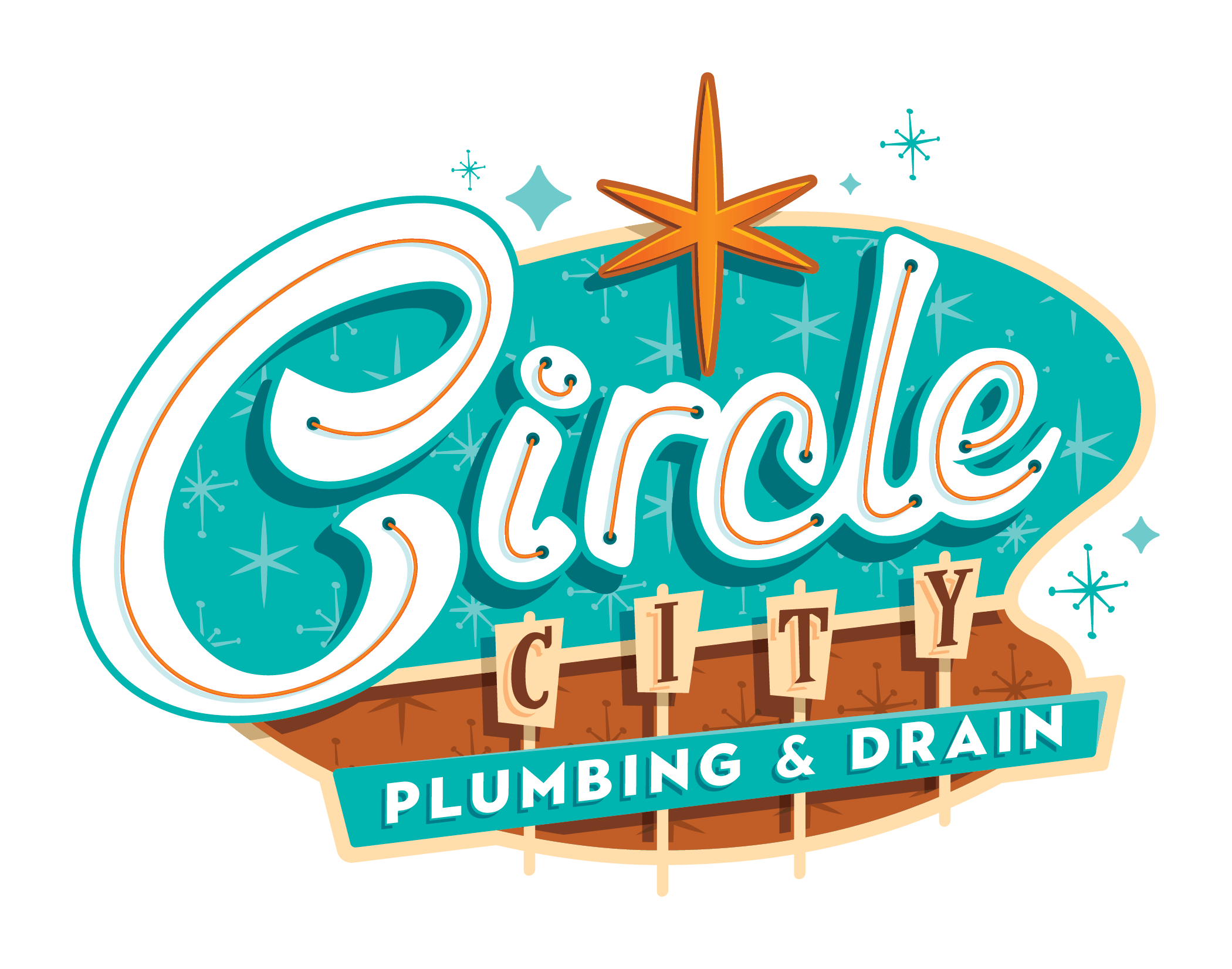What Are Slab Leaks?
Slab leaks happen when pipes underneath the concrete foundation of your home break or start to leak. These leaks can lead to water damage, mold growth, and even structural issues if not addressed promptly. Common signs of slab leaks include unexplained increases in your water bill, warm spots on the floor, or the sound of running water when no faucets are on. If you suspect a slab leak, it’s crucial to act quickly to prevent further damage to your home.
Signs of a Slab Leak in Your Home
You may notice signs of a slab leak in your home, such as wet spots on the floor, warm spots on the floor, unexplained increases in your water bill, the sound of running water when pipes are not in use, or cracks in your walls or flooring. Paying attention to these signs can help you identify a slab leak early and prevent further damage to your home.
Importance of Prompt Detection and Repair
Detecting and repairing slab leaks promptly is crucial to prevent extensive damage to your home. If left unchecked, slab leaks can lead to issues such as mold growth, structural damage, and a significant increase in water bills. Here are a few reasons why prompt detection and repair of slab leaks are essential:
- Prevent Structural Damage: Slab leaks can weaken the foundation of your home, leading to costly repairs.
- Avoid Mold Growth: Excess moisture from slab leaks can create a conducive environment for mold to thrive, which can pose health risks to you and your family.
- Save on Water Bills: Identifying and fixing slab leaks early can help you avoid unnecessary water wastage, leading to lower water bills in the long run.
Being vigilant and addressing slab leaks promptly can help you save money and protect the structural integrity of your home.
How Slab Leaks Can Impact Your Home
Slab leaks can cause serious damage to your home if left untreated. They often lead to mold growth, foundation issues, and high water bills. Identifying and fixing slab leaks promptly is crucial to prevent further damage to your property.
DIY vs. Professional Repair: Pros and Cons
When it comes to fixing slab leaks in your home, you have two main options: DIY repair or hiring a professional. Here are some pros and cons to consider:
DIY Repair:
- Cost-effective since you won’t have to pay for professional services.
- Gives you the satisfaction of completing a repair on your own.
- Can be time-consuming and may require research and learning new skills.
- If not done correctly, it could lead to further damage and costlier repairs.
Professional Repair:
- Saves you time and hassle by having a trained expert handle the repair.
- Professionals have the proper tools and expertise to ensure the job is done correctly.
- Can be more expensive than a DIY approach.
- You’ll need to schedule an appointment and work around the professional’s availability.
Identifying the Location of a Slab Leak
Slab leaks are sneaky and can cause hidden water damage if left untreated. Here are some signs that may indicate a slab leak: water pooling on the floor, unexplained increases in your water bill, hot spots on the floor, or the sound of running water when no water is in use. To identify the exact location of a slab leak, a professional plumber will use specialized equipment like a listening disc or electronic amplification equipment to pinpoint the leak under the concrete slab.
Techniques for Fixing Slab Leaks
To fix slab leaks, there are a few common techniques used by professionals. Here are some methods they might employ:
- Spot Repair: A section of the damaged pipe is removed and replaced.
- Repipe: Involves replacing the entire water line.
- Epoxy Pipe Coating: A special epoxy is applied inside the pipe to seal the leak.
- Pipe Rerouting: Piping is rerouted above ground to bypass the damaged area.
These techniques vary in complexity and cost, so it is essential to consult with a professional to determine the best solution for your specific situation.
Cost Considerations for Slab Leak Repair
Repairing slab leaks can be costly, ranging from (500 to )4,000 or more depending on the extent of the damage and the method of repair. Some factors that can influence the cost include the location of the leak, the material of the slab, and the accessibility to the damaged area. It is essential to address slab leaks promptly to prevent further damage and higher repair expenses in the long run.
Preventing Future Slab Leaks
To prevent future slab leaks in your home, it’s essential to regularly check your plumbing system for any signs of potential issues. Here are some key steps to help you avoid slab leaks in the future:
-
Monitor Water Pressure: Keep an eye on the water pressure in your home. High water pressure can put stress on your pipes, leading to leaks over time.
-
Inspect Water Bill: Be vigilant about any unexplained increases in your water bill, as this could indicate a hidden leak in your plumbing system.
-
Thorough Inspections: Regularly inspect visible pipes for any signs of corrosion, rust, or moisture buildup. Addressing these issues promptly can help prevent future leaks.
-
Proper Drainage: Ensure proper drainage around your home to prevent water from collecting near your foundation, which can increase the risk of slab leaks.
By staying proactive and vigilant about your plumbing maintenance, you can significantly reduce the likelihood of experiencing costly slab leaks in the future.
Conclusion and Summary
To wrap it up, identifying and fixing slab leaks in your home is crucial to prevent potential damage to your property and ensure the safety of your family. Here is a quick summary of the key points discussed in this guide:
- Slab leaks are leaks that occur in the water lines beneath the concrete slab foundation of your home.
- Common signs of slab leaks include unexplained increases in water bills, warm spots on the floor, mold or mildew growth, and the sound of running water when no fixtures are in use.
- To identify a slab leak, you can perform a simple water meter test or hire a professional leak detection service.
- Once a slab leak is identified, it is essential to act quickly to minimize damage. Repair options include spot repair, rerouting pipes, or the more invasive option of tunneling through the foundation.
- It is recommended to work with a licensed and experienced plumber to ensure the slab leak repair is done correctly and efficiently.
Remember, timely detection and repair of slab leaks can save you from costly repairs and potential structural damage in the long run.



0 Comments